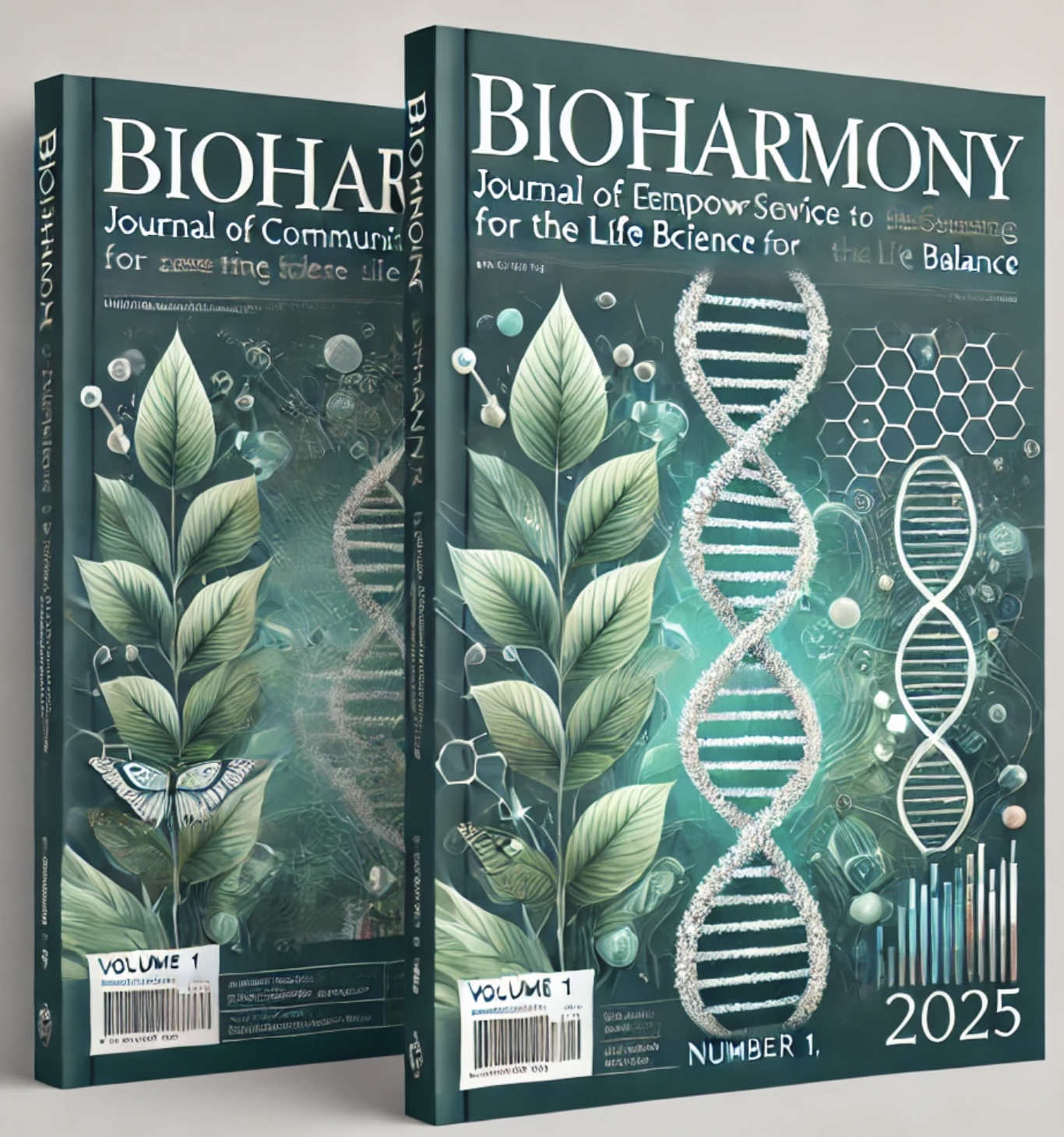Pemanfaatan Enzim Amilase dalam Industri Pangan
Peran, Aplikasi, dan Inovasi
Abstract
Amylase is one of the key hydrolytic enzymes that plays a crucial role in the food industry. This enzyme hydrolyzes starch into oligosaccharides and simple sugars such as maltose and glucose, which are essential in various food processing applications. Amylase is classified into three major types: α-amylase, β-amylase, and γ-amylase (glucoamylase), each with specific mechanisms and industrial applications. The enzyme is sourced from animals, plants, and microorganisms, with microbial strains such as Bacillus licheniformis, Aspergillus niger, and Geobacillus sp. being the primary producers at an industrial scale. The utilization of amylase in the food industry includes bread production, alcoholic beverage fermentation, glucose and fructose syrup production, and starch modification for functional products such as prebiotics and resistant starch. With advancements in biotechnology, several innovations have been developed to enhance the stability and efficiency of amylase, including genetic engineering, enzyme immobilization, and microbial fermentation optimization. This review comprehensively explores the sources, mechanisms, applications, and innovations in amylase utilization in the food industry, emphasizing improved efficiency and sustainability in production processes.
Keywords: Amylase, enzyme, starch hydrolysis, food industry.




